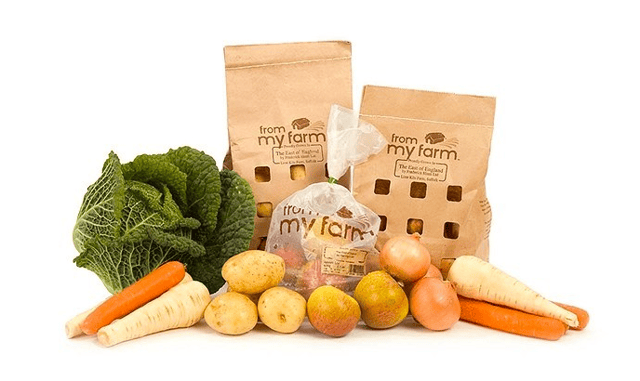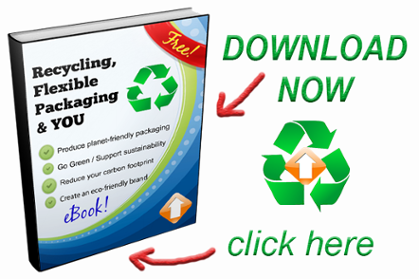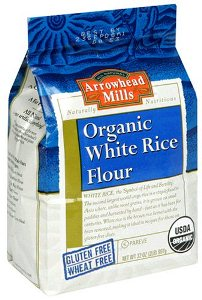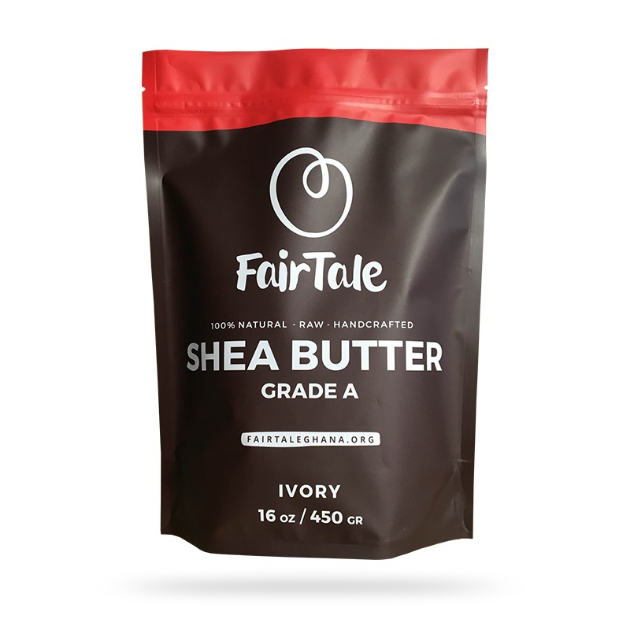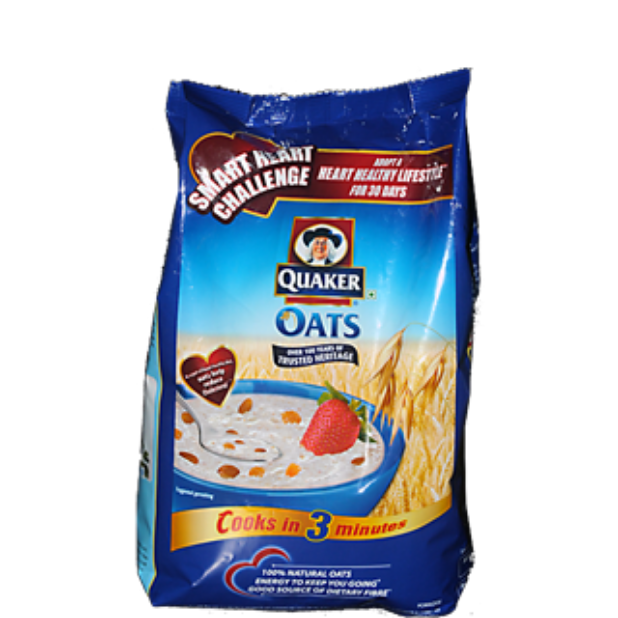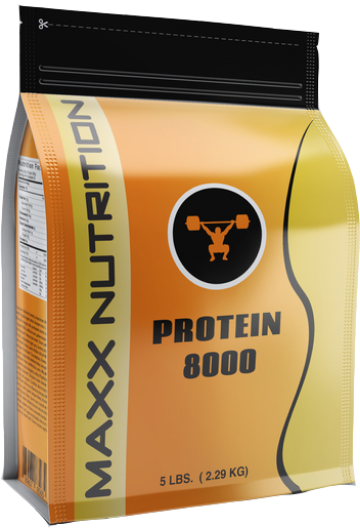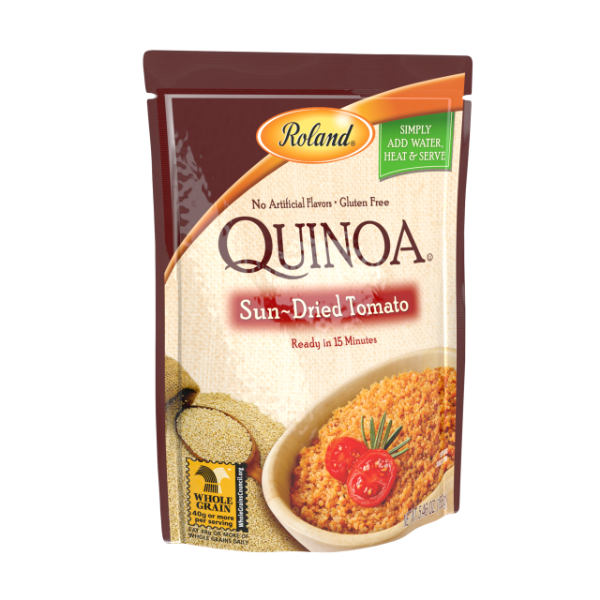Today’s consumer is a green consumer.
There’s proof everywhere we look, from the backlash against BP to the outcries for a widespread elimination of GMOs. No longer a niche group of shoppers, the general public has become more environmentally conscious and aware of the healthful properties of the food they consume and products they use.
As such, more attention has been placed on the practices and procedures big brands use to create their goods – an emphasis on sustainability and reducing an organization’s carbon footprint is now top of mind for a notable number of customers.
Successful companies understand that the way their product is packaged and presented on retail shelves can speak volumes about their mission, values and the quality of the item itself. Because of this, producers are switching to flexible, environmentally friendly packaging that is consistent with the green practices used to create their products.
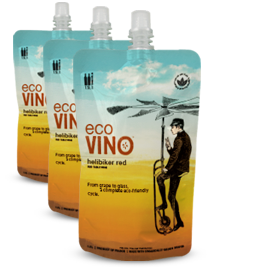
Many consumers, however, are wary of purchasing items in disposable plastic cartons, bottles or bags for fear that they are filling up landfills and harming our ecosystem with waste that won’t break down. There is much misconception about the term “biodegradable” and how important it really is in helping consumers and producers alike do their part to help the environment and keep our earth clean.
For a container to be broken down by biodegradation, it must be exposed to bacteria, fungi or other microorganisms. These certainly aren’t elements you want making their way inside the packaging and touching your food, and while the purpose of biodegradable materials is to decompose after it is discarded as to avoid littering the earth with waste, consider the quality of a biodegradable package’s structural elements. This type of packaging needs to break down easily, resulting in a loss of product protection and reduction of barrier strength.
Your eco-friendly food packaging needs to be able to defend goods against any outside contamination, or there is risk for serious illness – not to mention a tarnished brand reputation and spoiled product.
Consumers concerned with purchasing ethical goods should focus on how well its environmentally friendly packaging can be recycled and how successful it is at protecting the nutritional content of food, medicine and other goods.
Concerned customers should also study how well the packaging stands up and keeps products liked inside. Flexible packaging is one good solution for food and beverage companies that wish to make sustainability and ethics part of the entire production. Stand up pouches, for example, require 12 percent less structural elements than most other packaging bags, and all components used for this type of packaging can be broken down and recycled.
Stand up pouches and similar forms of flexible retail packaging can be thrown away with general trash and take up less space in landfills than traditional hefty containers. Stand up pouches can be incorporated into a recycling program and are each considered an R7. This means they can be grouped together with other plastic items like bottles, jars and bags. These items are then ground into small pellets called “re-grind,” which can then be used as a filler or base ingredients in products that are good for the community, such as park benches or picnic tables.
People hear the term “biodegradable” and think that it’s the only eco-friendly solution for disposable packaging, but the truth is, there are plenty of options out there that don’t biodegrade but are significantly better for the environment than traditional bulky containers.
Lightweight flexible packaging is durable and requires less fuel during the transportation process than heavy glass bottles or metal cans, helping brands reduce their carbon footprint while ensuring their products are well protected.
The FDA-approved, scientifically developed laminated layers used to give stand up pouches their shape and structure each serve a different purpose, from locking in food’s freshness and aroma and protecting against air, oxygen, bacteria and light, to showcasing a brand’s graphics and designs using bold water-based inks.
Consumers and brands that want to do their part in reducing waste and incorporating sustainable habits into their everyday lives should consider all ways their products and eco-friendly food packaging can be good for the environment.
Big brands like Coca-Cola and Kraft Heinz are making the switch to safe, flexible stand up pouches as part of their rebranding and do-good initiatives. Small businesses, too, are jumping on board, establishing themselves as ethical brands that care about their customers and the wellbeing of their community.
(Image Sources: Bryt.co.uk, AstraPouch)
Related Posts:
Are Stand Up Pouches Recyclable, Biodegradable, and Landfill Friendly?
Recycling, Flexible Packaging & YOU: New eBook

